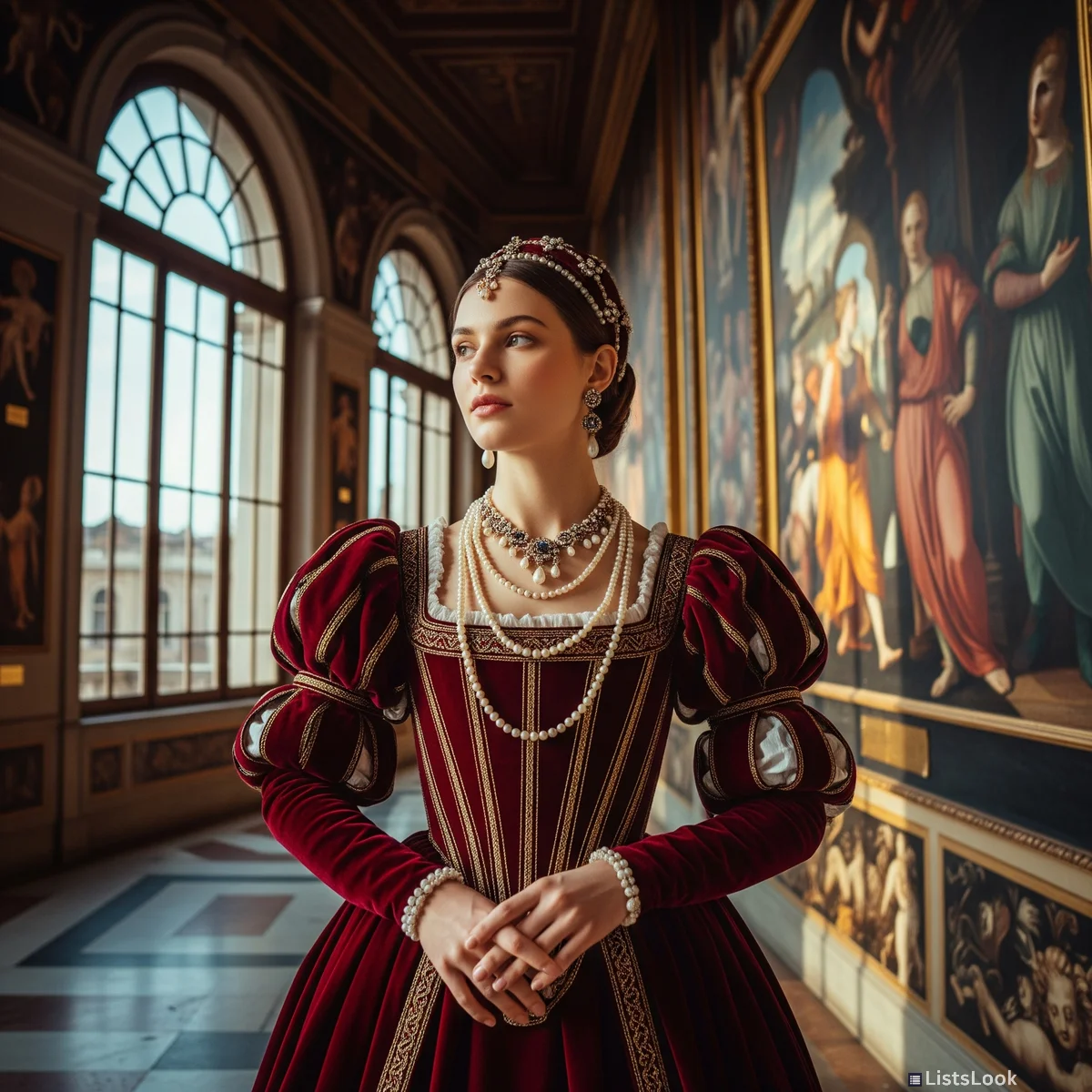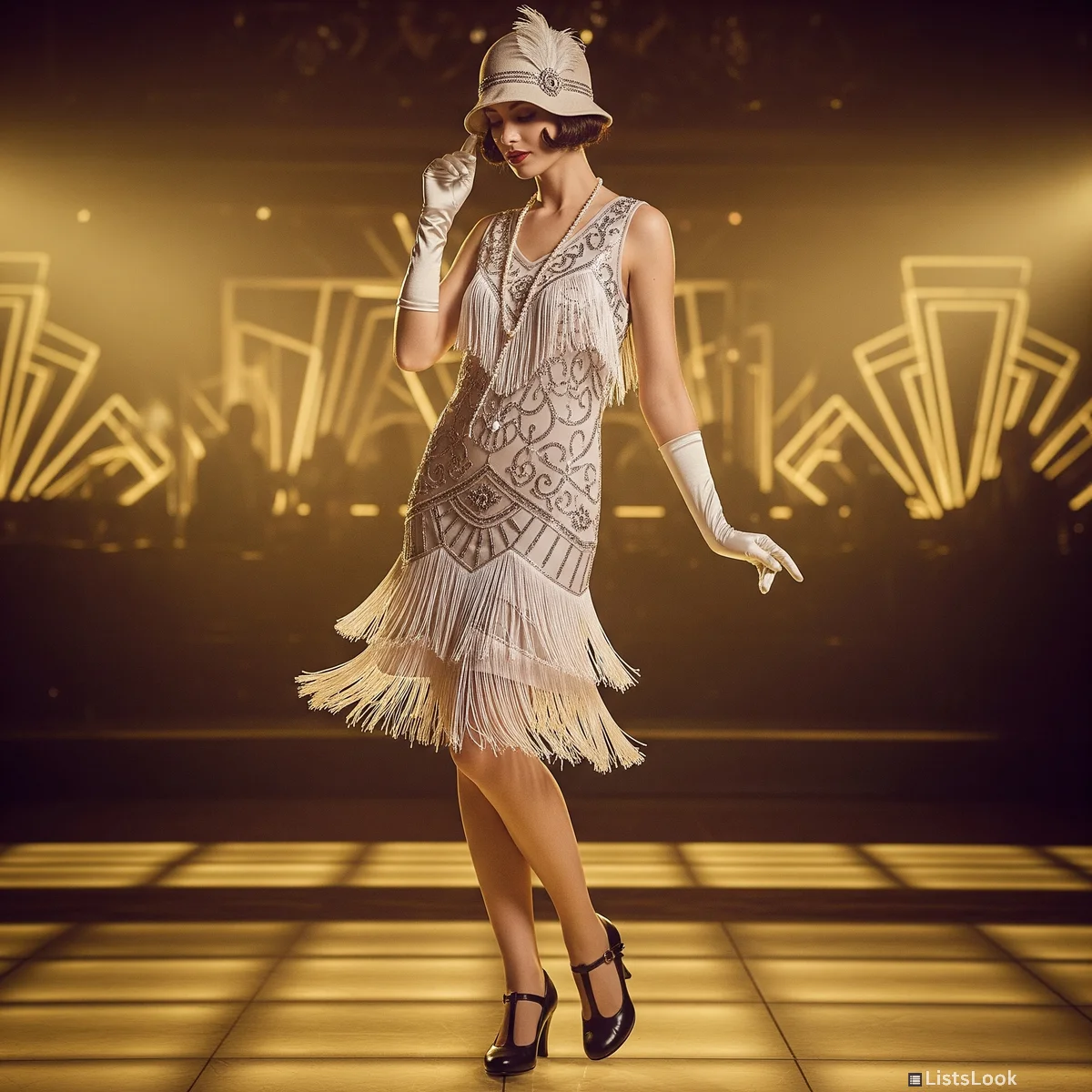Fashion Through Time: 7 Iconic Eras & Style Stories

Journey through fashion history! Explore 7 iconic eras from Ancient Egypt to the 90s, uncovering the trends, stories, and cultural shifts that shaped style as we know it. Click to discover!
Unveiling Fashion's Grand Evolution: 7 Eras That Defined Style

Fashion—it's more than just clothes; it's a mirror reflecting society, culture, and history. From revolutionary silhouettes to groundbreaking fabrics, each era tells a unique story stitched into the seams of time. Ready to embark on a stylish journey? Let's rewind and explore 7 iconic fashion eras that have left an indelible mark on the world of style!
1. Ancient Egypt (c. 3100 - 30 BCE): The Dawn of Elegance

Imagine linen flowing like the Nile, adorned with precious jewels and intricate goldwork. Ancient Egyptian fashion, practical for the desert climate, was also a powerful symbol of status and divinity. Think simple silhouettes, crisp whites, and vibrant colors derived from nature. Both men and women embraced makeup and elaborate accessories—broad collars, beaded jewelry, and headdresses—establishing an aesthetic of timeless elegance that still inspires today.
2. Renaissance Italy (c. 1400-1600): Opulence and Artistry Woven In

Step into Renaissance Italy, where fashion became a glorious display of wealth and artistry. Sumptuous velvets, rich brocades, and intricate embroidery defined the era. Corsets sculpted figures, while voluminous gowns and puffed sleeves created dramatic silhouettes. Think elaborate hairstyles, pearl adornments, and the rise of the 'fashion plate' – early illustrations spreading style trends across Europe. It was a golden age where clothing was not just worn but performed.
3. The Baroque Era (c. 1600-1750): Drama, Grandeur, and Lace

The Baroque era exploded onto the scene with theatrical flair. Think opulence amplified! Exaggerated silhouettes reigned supreme with wide panniers extending skirts and towering wigs adorned with feathers and jewels. Lace, ribbons, and bows were everywhere, adding layers of intricate detail. Colors were rich and deep. Baroque fashion was a declaration of power and status, designed to impress and overwhelm, reflecting the era's love for drama and grandeur in all aspects of life.
4. The Victorian Era (c. 1837-1901): Restraint and Refinement (With Secrets)

Victorian fashion, synonymous with Queen Victoria's long reign, presented an image of decorum and modesty. High necklines, long sleeves, and full skirts were hallmarks, evolving through phases of crinolines and bustles to create distinctive shapes. Beneath the surface of restraint, however, lay intricate layers and details – delicate lace, embroidery, and subtle ornamentation. Mourning jewelry and specific fabrics also held symbolic meaning, revealing a hidden language within the era's attire.
5. The Roaring Twenties (1920s): Freedom, Flapper Dresses, and Jazz Age Glamour

The 1920s roared in with liberation and modernity! Corsets were cast aside for looser, straight silhouettes, epitomized by the iconic flapper dress. Hemlines rose, necklines plunged, and movement was key. Beaded dresses shimmered under jazz club lights, while cloche hats and bobbed hair completed the look. It was an era of youthful exuberance and breaking free from tradition, reflected vividly in its daring and dazzling fashion.
6. The Fabulous 1950s: New Look, Polka Dots, and Post-War Optimism

Post-war optimism blossomed in the 1950s, and fashion mirrored this newfound hope. Christian Dior’s ‘New Look’ redefined silhouettes with cinched waists, full skirts, and feminine curves. Polka dots, poodle skirts, and sweater sets became everyday staples. It was an era of polished glamour and ladylike elegance, embracing vibrant colors and playful patterns. Fashion became accessible and fun, celebrating a return to femininity and joy.
7. The Grunge 1990s: Anti-Fashion, Rebellion, and Comfort

In stark contrast to previous decades, the 1990s embraced anti-fashion and rebellion. Grunge emerged from the underground music scene, bringing with it ripped jeans, oversized flannels, combat boots, and a deliberately undone aesthetic. Minimalism also gained traction with slip dresses and sleek, simple lines. It was a decade of individuality and comfort, rejecting ostentation and embracing authenticity. Fashion became about expressing yourself, even if that meant looking deliberately unfussy.
Comments
Loading comments...